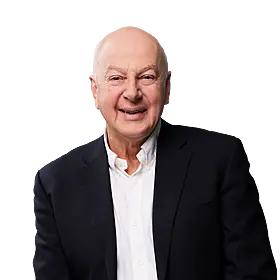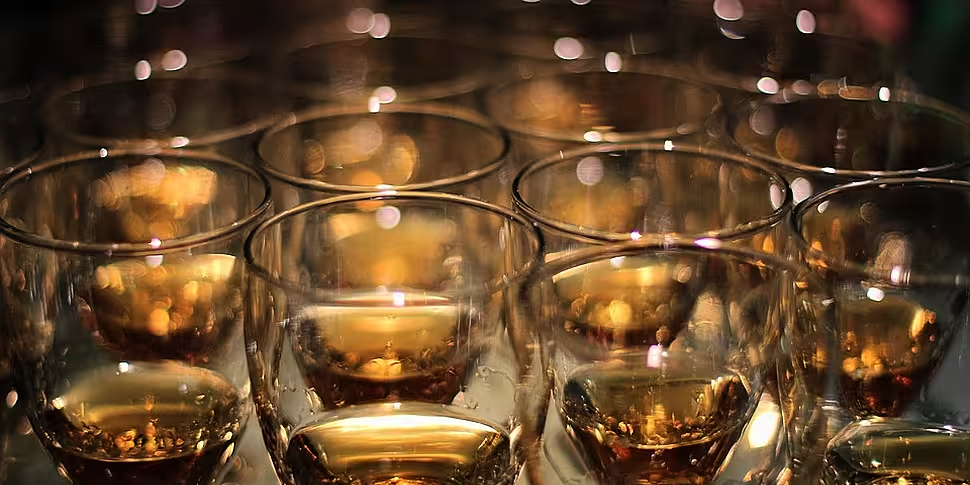A new technique using laser beams has been developed to help identify counterfeit rare whiskies.
Extremely rare whiskies can sell at auctions for hundreds of thousands, if not millions, of euros.
A bottle of Macallan Fine and Rare 60-Year-Old 1926 is believed to be the most expensive bottle of wine or spirit ever sold, selling for €1.6m at Sotheby’s last year.
Graham Bruce, a Senior Researcher at the University of St Andrews, said that around one-third of rare whiskies sold at auctions are fakes.
He told the Moncrieff show how he and his team have developed their new method of identifying counterfeit bottles.
He said: "Ten years ago we came up with this method where you shine the laser into the whiskey and you measure the different levels of light the laser gives off and this gives you a very strong indicator of what the whiskey is.
"Think of it like taking the fingerprint of the whiskey.
"If you come up with a fingerprint that you've never seen before, you're not sure what it is.
"But if you've already tested it, you can compare it to the fingerprint the previous you've already got and verify that they match."
He continued: "The previous methods we had, you could do this with very high accuracy but there's a problem that it's not only the whiskey that scatters the light but it's also the glass of the bottle.
"She signal levels you can get off the bottle are many times higher than the signal you get from the whiskey.
"What we used to do was take a little bit of whiskey out of the bottle, put it into a standardised glass vial and have it tested that way, which works if you're testing supermarket whiskey.
"But for these very rare, very expensive bottles, people don't want to waste a drop."
New technique
Mr Bruce and his team then came up with a new method of using laser beams to identify the whiskies without even opening the bottles.
He said: "We had this problem we were thinking about for the last ten years of how could we do this experiment in a way that you don't get any signal from the bottle at all.
"The solution we've come up with quite recently is actually to change the shape of the laser beam.
"What we do is we make it like a cone so it's this ring shape that gets smaller as it moves into the whiskey glass.
"The signal from the whiskey bottle comes out in a different position than the signal from the glass so then we can place our detector very careful to avoid any signal form the glass and just detect what's inside the bottle."
He said that much of their research using this method so far has been carried out on supermarket brand drinks.
Mr Bruce added: "Looking ahead, the plan would be that you have a relationship with the distilleries and the auction houses so you build up a library very continuously over time of everything that's out there.
"The longer this technique is in existence, the more accurately you're able to determine everything you test."









